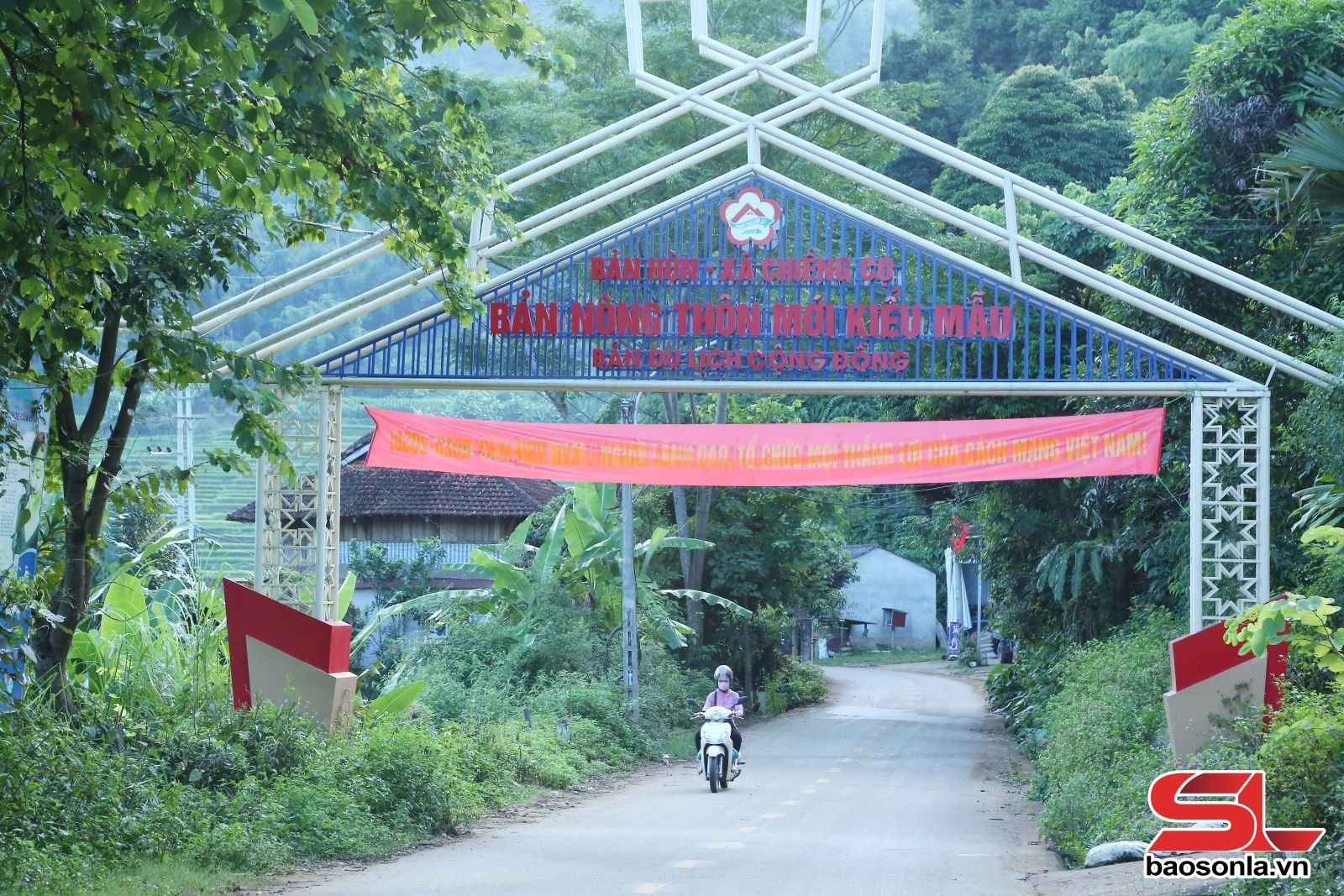
More than 10 km from the ward center, Hun village has 278 households, with 1,138 people, including 3 ethnic groups living together, of which the Thai ethnic group accounts for 96%. People here are attached to farming, with more than 20 hectares of rice fields; 145 hectares of plum and 175 hectares of coffee, bringing stable income to the people. At the end of 2024, Hun village was honored to receive the title of "Model new rural village in rural culture", becoming a bright spot in the new rural construction movement of Chieng Coi ward.
Coming to Hun village, visitors can immerse themselves in the poetic mountain and forest scenery, in March with forests of white flowers and plum blossoms; in October with golden ripe rice fields; fresh air and cool natural springs all year round. The village still preserves 230 traditional stilt houses of the Thai people (about 90%), bearing the mark of ancient architecture, an attractive highlight for tourists who love to explore indigenous culture. In addition, Hun village is also famous for its typical cuisine such as five-color sticky rice, grilled stream fish, green-necked duck, smoked buffalo meat, rice wine... creating a unique attraction for community tourism and eco-tourism.
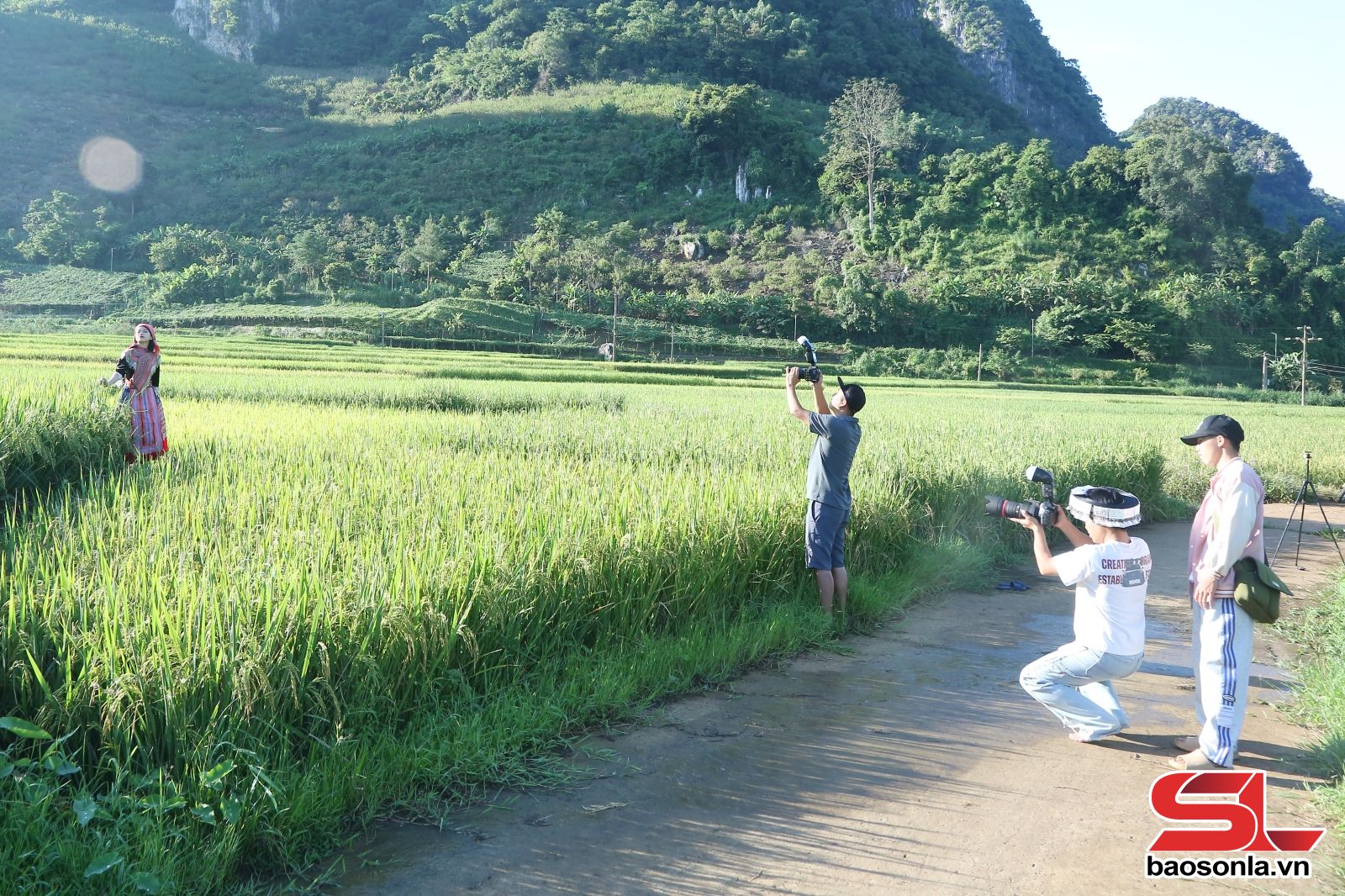
Ms. Tong Thi Hoan, Party Cell Secretary, Head of Hun Village, shared: The people of Hun Village are always united, actively responding to the new rural construction movements, focusing on preserving and promoting traditional cultural values to develop eco-tourism. Currently, many households have boldly renovated their houses, planted flowers around the grounds and paths, and renovated ponds to welcome tourists. This is both a direction for sustainable economic development and contributes to spreading the beauty of national culture to visitors from near and far.
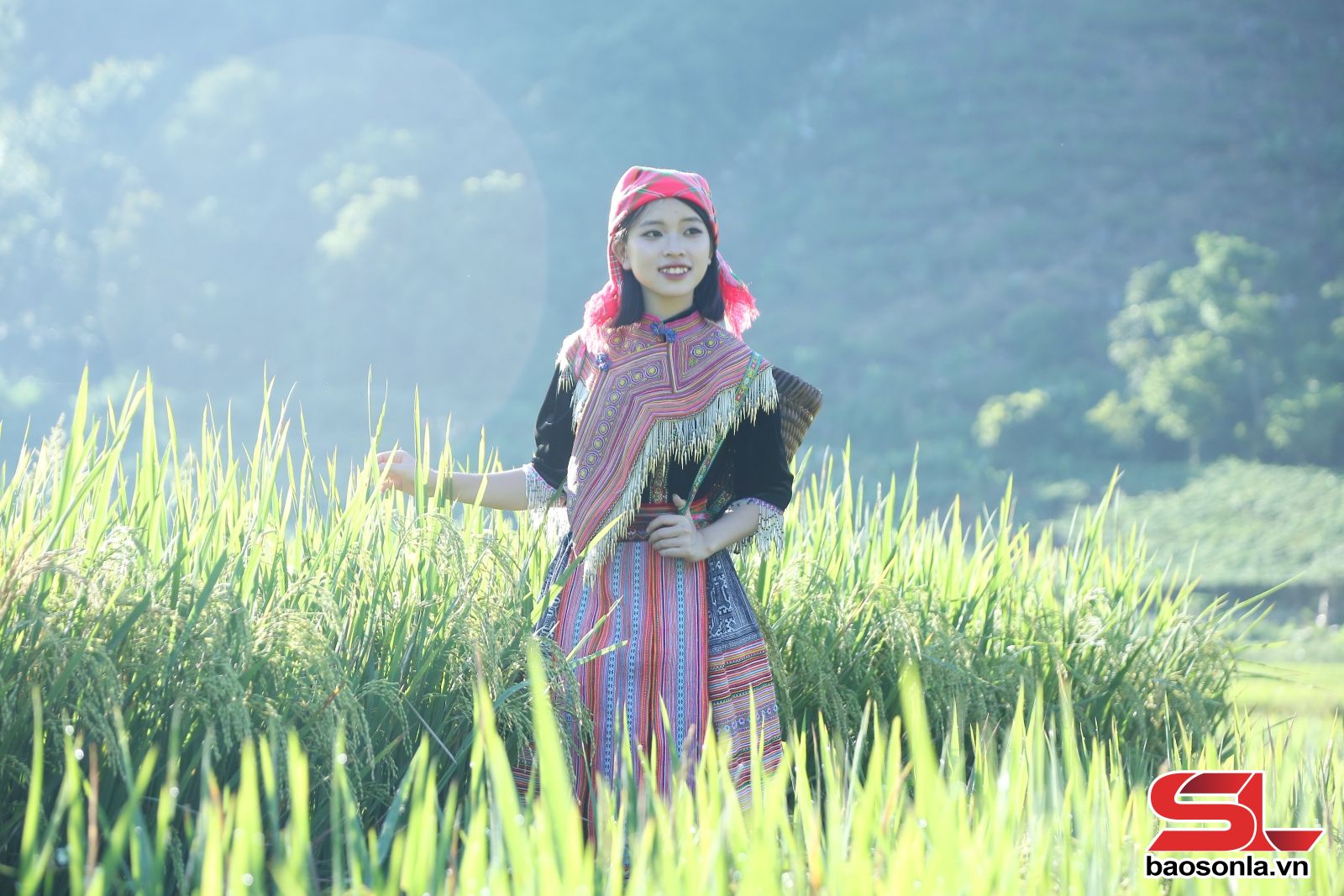
Coming to Hun village at this time, visitors can admire the brilliant golden season picture when the rice fields are ripe, stretching softly between the mountains and Muong villages. The scent of new rice mixed with the mountain wind brings a peaceful, fresh feeling typical of the Northwest region. This is also the ideal time for visitors to take beautiful pictures, marking the moment in the middle of the immense natural space and the stilt houses looming behind the bamboo groves and plum gardens.
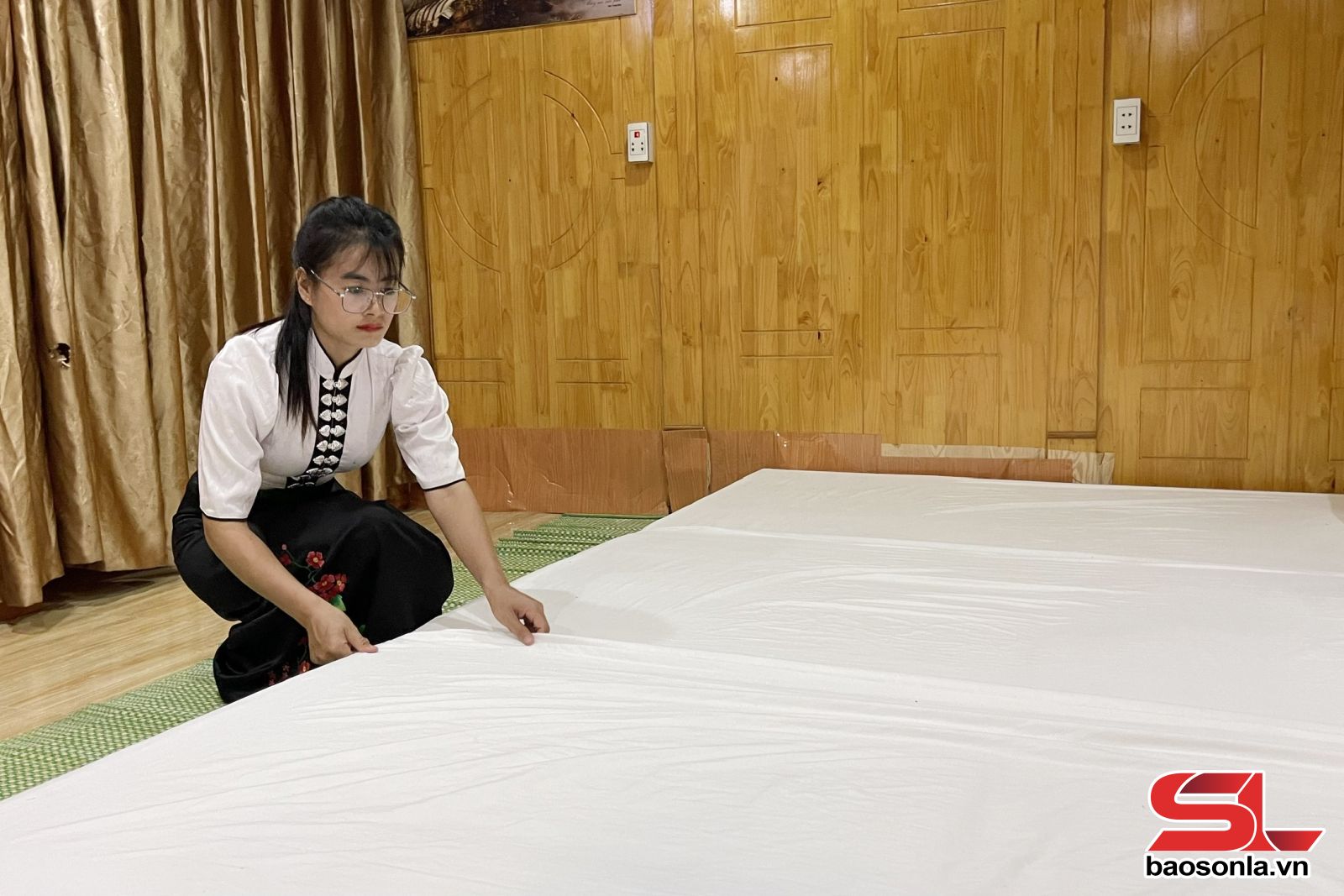
Ms. Ca Thi Huong Thom, from Chieng Mung commune, shared: Coming to Hun village in the ripe rice season, I was really impressed by the golden rice fields stretching across the hillsides. Everything is simple, rustic but very poetic. The air is fresh, the people are friendly.
Not only in Hun village, community tourism in Mong village is also interested and developed, gradually forming a diverse service system, combining mineral baths, traditional cuisine and experiencing the cultural activities of the Thai people, enriching the local tourism picture. Currently, Mong village has 2 accommodation establishments and dozens of households providing hot mineral water services and restaurants; welcoming an average of over 50,000 visitors/year.
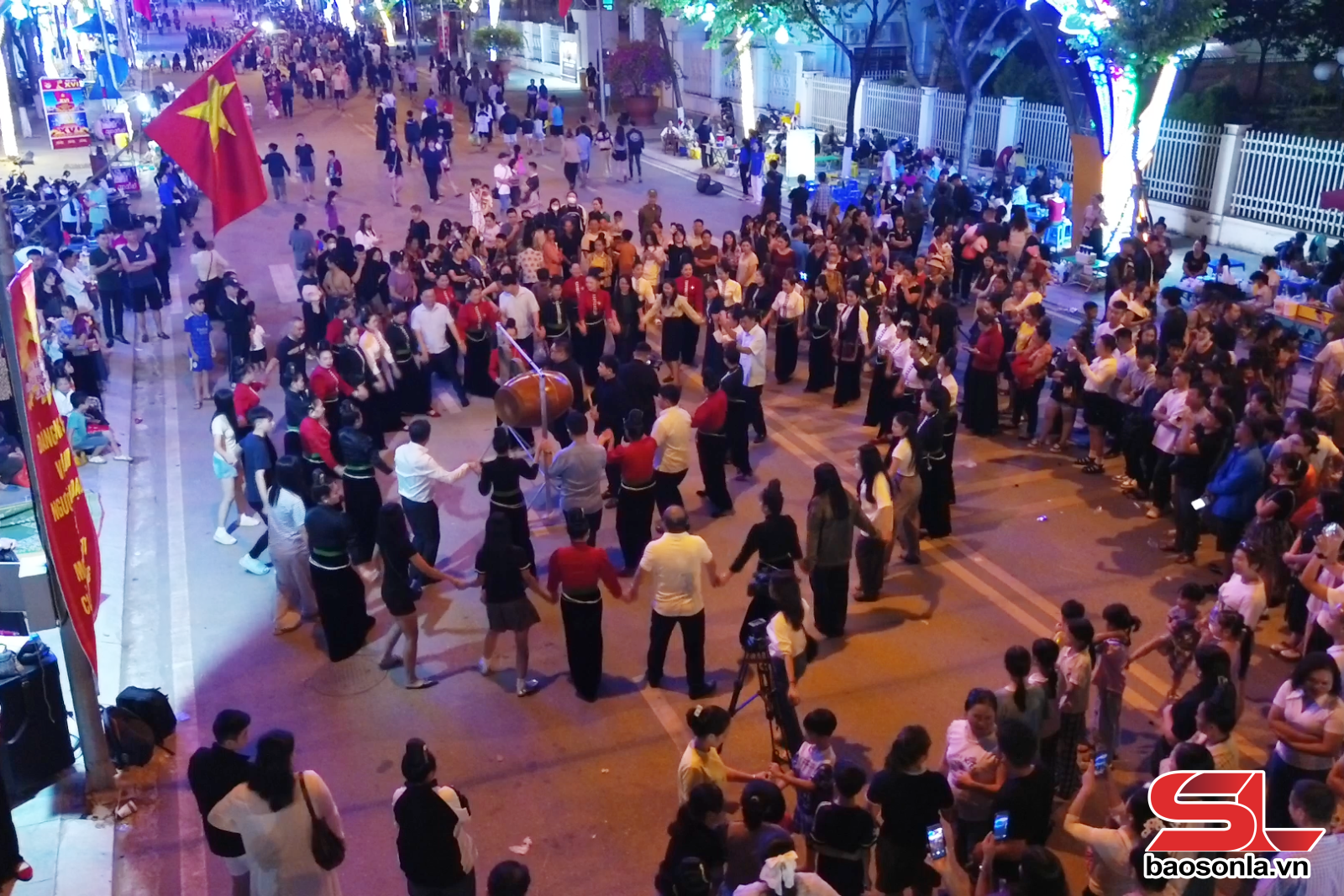
Son Khe Homestay has hot mineral swimming pool, hot mineral bath and culinary services. Mr. Vi Van Son, the homestay owner, shared: In 2017, his family was supported to build a community guesthouse, serving up to 50 guests/day; upgrading and expanding 2 restaurants, single baths and a hot mineral swimming pool of nearly 100 m2. Each year, the homestay welcomes about 700 guests, over 8,000 guests use the mineral bath, swimming pool and culinary services; creating regular jobs for 4 local workers.
With the orientation of developing ecological agricultural tourism associated with preserving cultural identity, Chieng Coi ward is gradually concretizing the goals of building a new model rural area, civilized urban area associated with sustainable tourism. Mr. Nguyen Van Than, Chairman of Chieng Coi Ward People's Committee, said: The ward is focusing on reviewing and re-planning the tourism space in the direction of preserving and promoting traditional cultural values, while supporting people to change production models and build typical products. The goal is to form an agricultural tourism chain connecting Hun village and Mong village, develop more check-in points, create attractive destinations, contribute to increasing income for people and promote the image of Chieng Coi to tourists inside and outside the province.
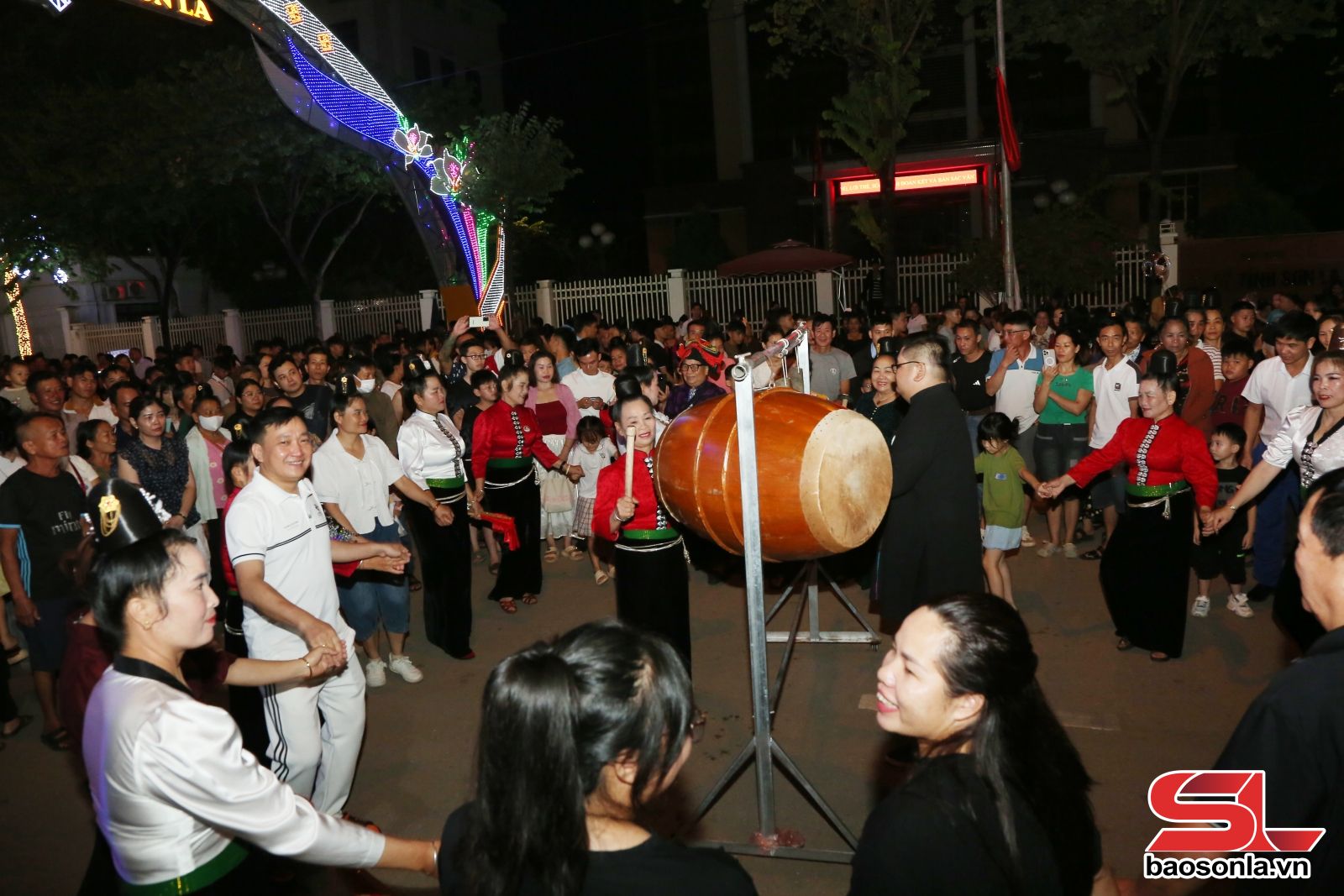
The changes in Chieng Coi today show the right direction of the locality in exploiting potential, preserving cultural identity and developing sustainable tourism economy, a livable "green area" in the heart of Son La city.
Source: https://baosonla.vn/du-lich/phat-trien-nong-nghiep-gan-voi-du-lich-o7lLNq3NR.html


![[Photo] Opening of the 13th Conference of the 13th Party Central Committee](https://vphoto.vietnam.vn/thumb/1200x675/vietnam/resource/IMAGE/2025/10/6/d4b269e6c4b64696af775925cb608560)

![[Photo] Prime Minister Pham Minh Chinh chairs the Government's online conference with localities](https://vphoto.vietnam.vn/thumb/1200x675/vietnam/resource/IMAGE/2025/10/5/264793cfb4404c63a701d235ff43e1bd)




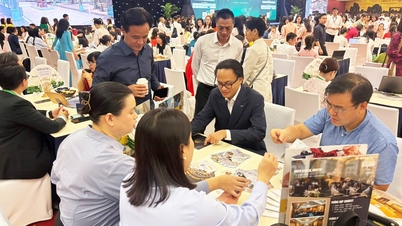

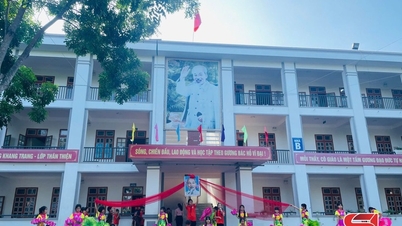
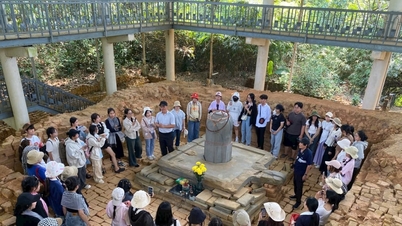


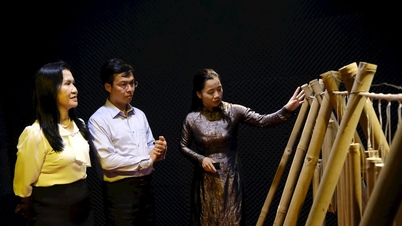




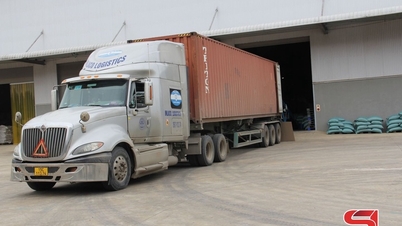
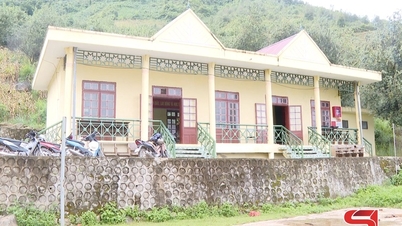
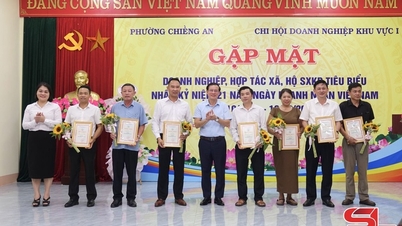
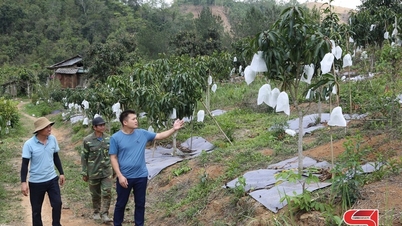
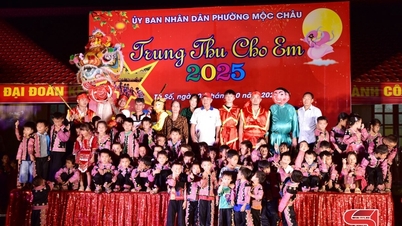
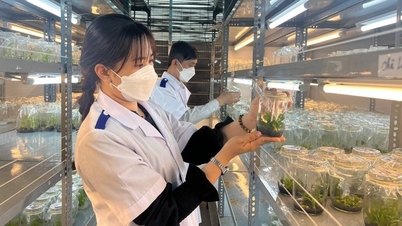
![[Photo] Prime Minister Pham Minh Chinh launched a peak emulation campaign to achieve achievements in celebration of the 14th National Party Congress](https://vphoto.vietnam.vn/thumb/1200x675/vietnam/resource/IMAGE/2025/10/5/8869ec5cdbc740f58fbf2ae73f065076)




























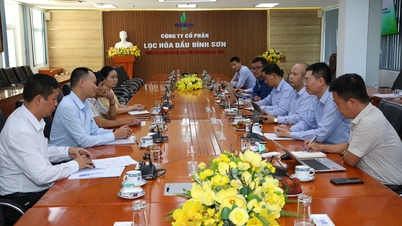

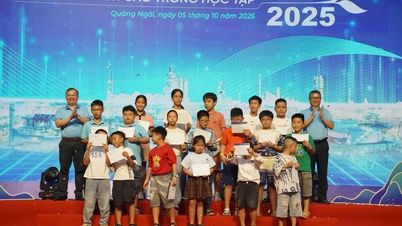


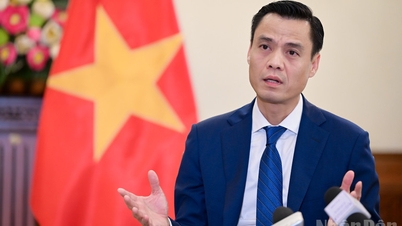
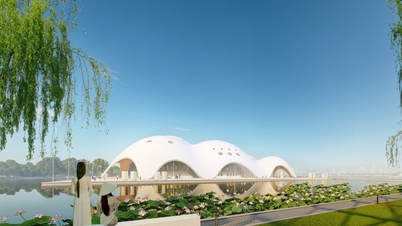
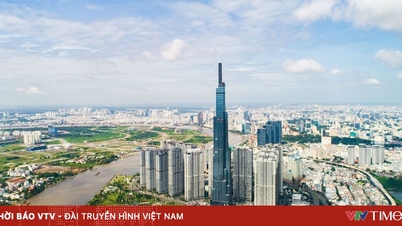

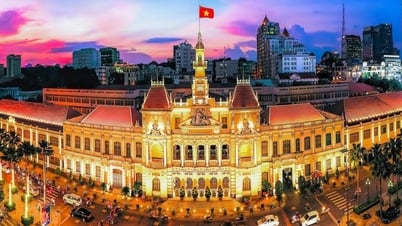
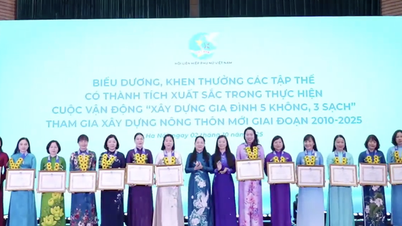

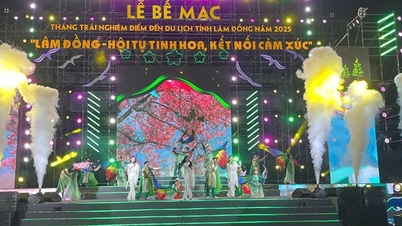
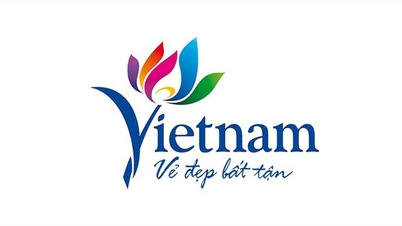
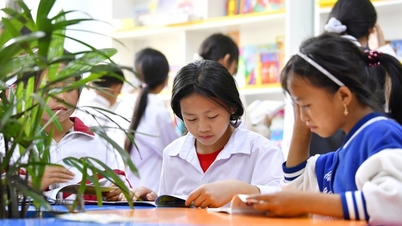
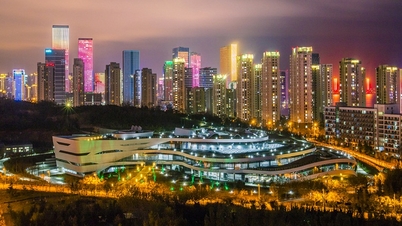

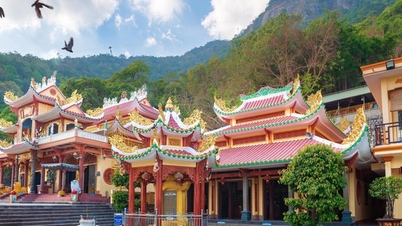
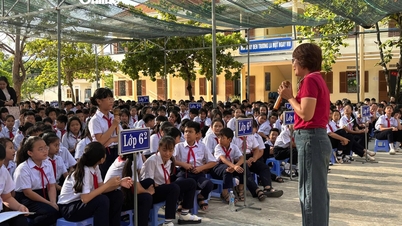

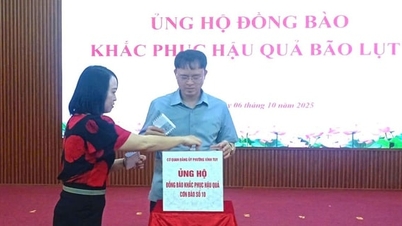

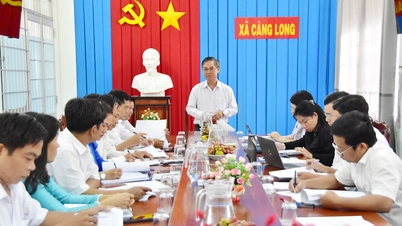

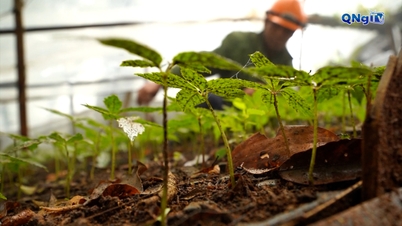

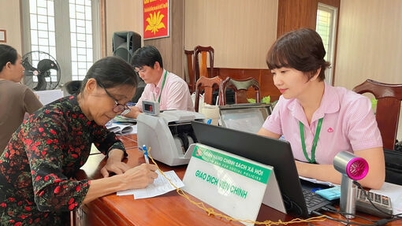

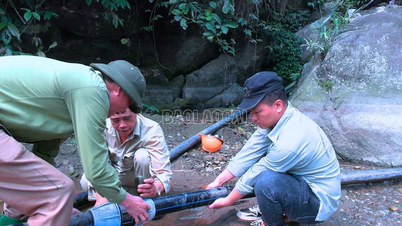














Comment (0)